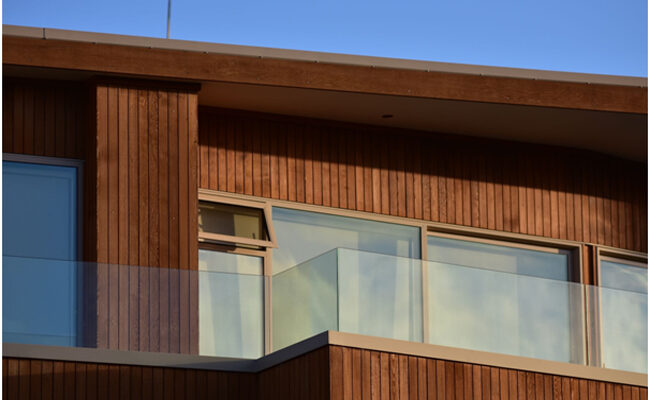
If you’re looking to refresh your property, weatherproofing is one of the most effective ways you can update your home, both aesthetically and practically. Especially if you live in an area that regularly experiences extreme weather, insulating your property will help you feel more comfortable in your home without affecting the appearance or feel of your household. Composite cladding can be a great solution for properties of all shapes, styles, and sizes, offering you a low maintenance means of upgrading your home.
What Is Cladding?
First used in the Middle Ages as an insulating material, cladding is a way of protecting buildings inside and outside, keeping them protected from extreme temperatures and weather, as well as offering some soundproofing too. While the types of material used to clad homes have changed over the years as bricks, stone and timber have changed in availability, cladding has remained a consistently reliable way to further insulate your home.
Thanks to its natural appearance and sustainable features, timber has seen a comeback in more recent years as a cladding material, both for self builders and in rural areas. This rise in popularity is not just as a result of the sustainable, cost effective way thanks to the range of wood species, finishes and grains you can use within it. If you’re looking for inspiration when it comes to choosing the most beautiful wood species available to clad your house in, International Timber is a leading supplier of timber, and can supply you with high quality materials, quickly.
External V Internal: Everything You Need to Know
External and internal cladding are often made of the same materials, but can offer you different benefits and properties depending on your household’s requirements. Choosing the right type of cladding, as well as the best material to opt for, depends on the size and scale of your building, and the use it is intended for.
External Cladding
External cladding is the best option for you if you’re looking to spruce up the outside of your property, while simultaneously shoring up the insulating and weatherproof qualities of your home.
If you live in an area more prone to heavy rainfall or damp weather, you’ll need to consider the most appropriate material to fend off any wet weather or moisture. As well as the insulation you already have between the layers of your build, extra cladding on your external walls will have a very positive impact on the warmth and ventilation of your home or property. This will help you save money on your monthly energy bills, too, helping you keep the heat in when you need to, and getting rid of any persistent draughts.
Internal Cladding
While more natural materials like stone and timber are taking the lead when it comes to homeowners’ choice of cladding, more commercially minded or larger scale properties might benefit from cheaper, low maintenance forms of cladding such as plastic, PVC or metal. These are easy to look after, simple to install and can withstand a high level of wear and tear, making them a great choice for high traffic areas. The most popular form of cladding for homeowners and commercial property owners alike is timber cladding, otherwise known as wooden panelling. Wooden or timber panelling inside your home is not just a great way to add an extra layer of insulation to your rooms, it means you can enjoy the beautiful aesthetic appearance of natural wood grain too.
It’s important to remember that the appearance of your interior cladding is a key factor, especially in places where you’re going to be spending a lot of time. Panelling is a great way to add something extra to your home. As the art of panelling has developed further, the ways in which it can be used as a decorative element have evolved too. Whether that’s through a simple accent around your shelving units, a fully panelled wall or your entire room fitted out with detailed patterns of beautiful wooden boards, timber cladding can transform your home immediately and effectively. You could also opt to paint your boards, for an even more unique feel to your home.
Leave a Reply